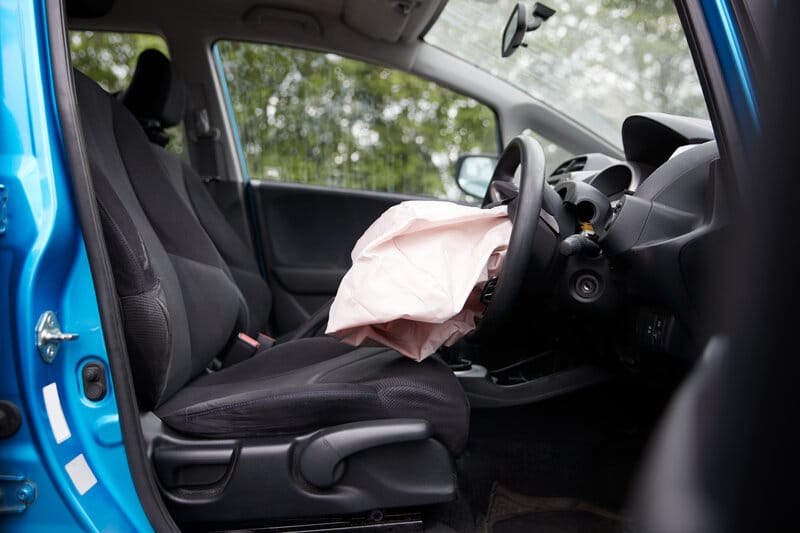Since car accidents can lead to disastrous results, car manufacturers set preventive measures or the Supplemental Restraint System (SRS). This keeps passengers and drivers intact in their vehicles to limit the severity of injuries incurred in an accident’s aftermath. Once enough environmental factors are detected by a car’s sensors, the SRS’s safety measures are triggered.
Unfortunately, the SRS doesn’t always function properly due to various reasons. For example, a car’s airbag module may deploy improperly, causing passengers and drivers to sustain considerable injuries. This is why drivers need to have a greater understanding of their SRS’s components to help them know how they work and what to do to prevent malfunctions.
Deploying Airbag Modules
Airbag modules are made up of a series of sensors that activate front seat-mounted and roof-mounted airbags. These will automatically deploy once the vehicle’s sensors detect a significant impact from another force. Its deployment will be compromised due to different factors, particularly depending on its diagnosis and assessment.
If your car experiences a sudden stop or collision, airbags will deploy through a pyrotechnic process. It triggers a gas generator propellant to inflate a fabric bag rapidly. As your car comes into contact with another object, the gas escapes through small vent holes to expand the bag to spread out the passenger and cover their body. This serves as a cushion to prevent blowback from the impact or shards and shrapnel from hitting the passenger.
Ideally, an airbag module doesn’t deploy unless certain triggering conditions are met. Even frontal collisions won’t trigger your airbag module if the sensors don’t have enough information to conclude a life-threatening crash. While this is an effective way to prevent the wrongful deployment of airbags, it can be an issue if they don’t activate when needed.
Replacing Airbag Modules
Technicians use a scan tool to connect to a vehicle’s data connector to check the SRS’s sensors and other components. This is necessary to confirm any issues with deployment which can occur. If the airbag control module is compromised, a technician will first disarm the SRS, manually replace the components, and install a new one.
Since cars have different designs and layouts, airbag modules may be located in different places. For example, they can be beneath the driver’s seat, below the radio, or in other locations. Once a new module is installed, a technician will use the same scanning tools to update the software and restart the SRS.
Understanding Airbag Modules’ One-Use Policy
Once an airbag module is deployed, it can no longer be folded back into your car’s hidden compartments. While older models of cars used to do this, it was statistically viewed as a riskier decision to have reusable airbag modules. For this reason, airbag modules only activate once and will need replacing after a car crash.
It’s generally ill-advised for car owners to handle SRS replacements on their own, whether it’s changing a seat belt or airbag control module. Any imprecise installation can lead to a lethal malfunction in the future. This is why a professional technician needs to handle these repairs to ensure your safety in a future car accident.
Conclusion
It’s not enough to simply depend on your car’s safety measures during an accident. Sometimes, factory defects can cause your airbag module to malfunction, leading to disastrous results. For this reason, you need to get a proper diagnosis and replacement of your car’s SRS, including your airbag modules.
Our team at Safety Restore can perform precise, technical solutions to repair your vehicle’s SRS. If your car needs a seat belt replacement or an airbag module reset, contact us today.

